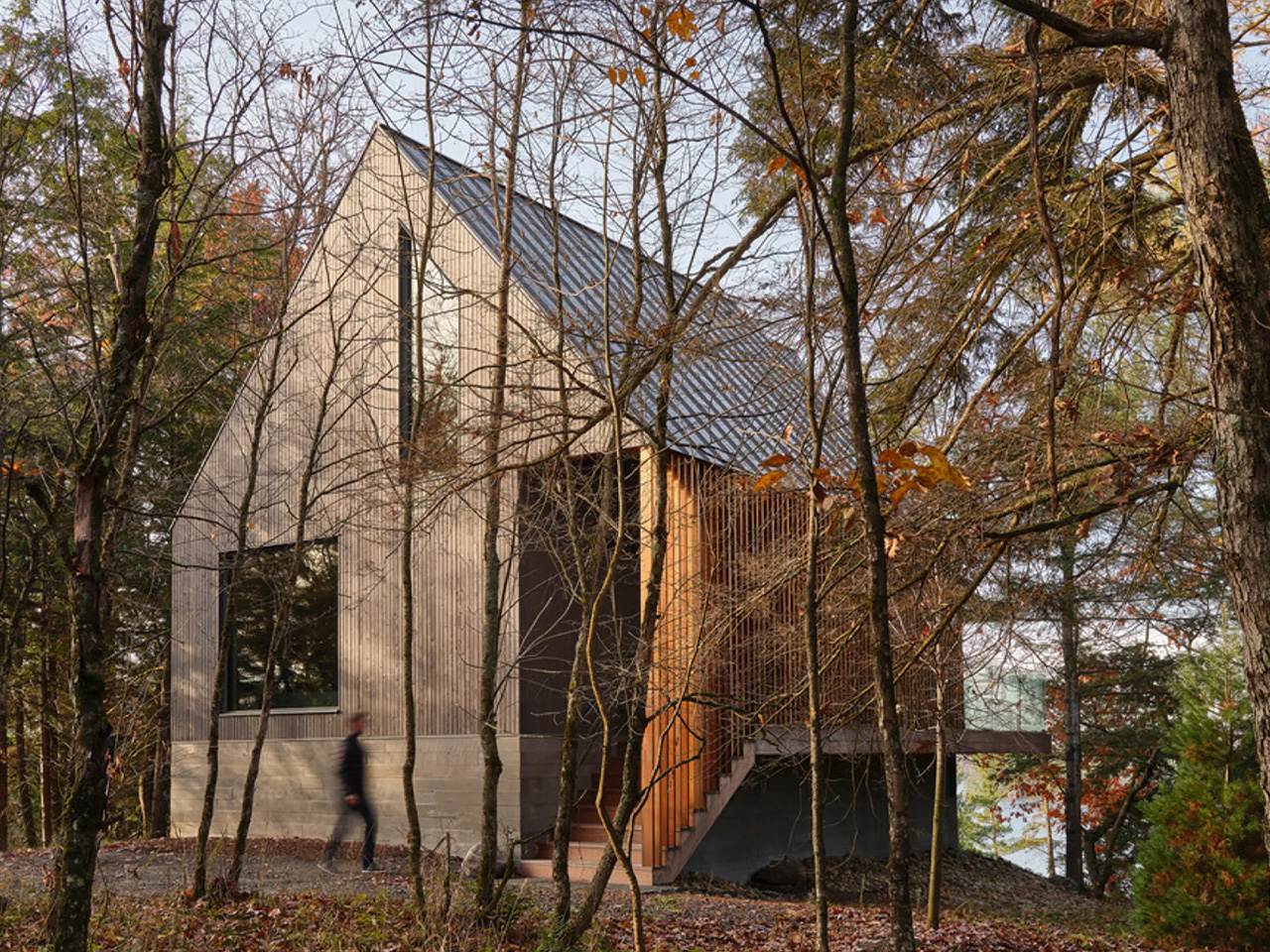For more than a millennium, Kyoto flourished as the imperial capital of Japan. But in a seismic upheaval known as the Meiji Restoration, in which feudal shogunates gave way to a modern nation-state, the capital was moved to Tokyo in 1868. And Kyoto fell into decline.
The governor of Kyoto prefecture looked to giant Lake Biwa to the east for a revival. Building a canal from the lake some 13km into Kyoto would irrigate land for farms, generate hydro power for factories, and ramp up traffic of goods and people. The first canal was finished in 1890, and as a display at the Lake Biwa Canal Museum explains, “strongly led a depressed Kyoto into recovery.

” It’s a safe bet that the governor, Kunimichi Kitagaki, had no idea that 134 years later his sepia portrait would be sharing that narrative with tourists barreling through the canal’s longest tunnel in a glass-topped boat. But there he was, projected on the side of the narrow tunnel, explaining in Japanese how workers drilled shafts into the mountain so they could dig out more than one section at a time. “Three, two, one!” our cruise guide, Saki Tanaka, shouted over the public address system, pointing up at the low, arched ceiling.
A curtain of cold water crashed down from one of those shafts, splashing those of us seated in the front of our open-sided 12-person Lake Biwa Canal Cruise boat. While many people come to Kyoto to visit palaces, temples and Zen gardens, or even to stroll the streets in a rented kimono, we had come to explore the city’s abundance of rivers, canals and streams. Our timing was unintentionally perfect.
When we arrived in the second week of April, the cherry trees were peaking with glorious bursts of white and pink called sakura. And one of the best places to find a bounty of blossoms is alongside Kyoto’s rivers and canals. We stayed on the banks of the Shirakawa River, not far from the city’s Gion district, and over five days we trekked to the northern hills to find a shrine to a water god; biked along the city’s main river, the Kamo; visited a sake brewery that uses Kyoto’s famed groundwater; serendipitously discovered a sakura cruise along one of the city’s canals; and then zoomed through the tunnels of the Lake Biwa Canal.
Our goal was a deeper understanding of how water had shaped the city. The stone-walled Shirakawa, next to our hotel, was not more than 30cm deep and 6m wide, and its bed was so thoroughly studded with little stones that the entire surface crinkled, each tiny wavelet glinting in the sun. As we walked along it, an older couple ate sandwiches on a bench next to the water.
Children in school uniforms crossed a little stone bridge. After a 10-minute stroll north, the river opened onto Okazaki Park and the wider, deeper, emerald green Outou Canal, built as part of the Lake Biwa system in 1890. The sleek glass-and-granite National Museum of Modern Art, Kyoto, graced the opposite bank.
Long, knobby boughs loaded with clumps of white flowers reached out and down to the canal as if striving for the reflected sun. Then a boat glided into the Technicolour tableau, cruising under a red-orange bridge. We followed it to the Nanzenji boat reservoir, to a tent where they were selling tickets for the boat ride.
We were in luck. The Okazaki Jikkokubune Boat Ride runs only in March and April, and it was almost fully booked on this Sunday, but they had two tickets for the 5pm trip. As we waited in a row of chairs next to the canal, petals from the cherry trees fluttered down like snowflakes on our heads.
When it was our turn, the pink-smocked staff members helped 26 of us board the narrow boat and waved enthusiastically from the dock as we made a U-turn to head downstream. There was a lot of waving going on. Almost everyone we passed on the embankment and bridges smiled and waved, and we smiled and waved back.
A stylishly dressed young couple on a day trip from Osaka sat to our left. Two sisters from Tokyo, one with a four-year-old son, all in colourful kimonos, were on our right. The air was warm.
The boat purred along. Flute music floated from the speakers. A white egret swooped over the surface.
As we neared a bridge that we could almost touch, hydraulics lowered the roof of the boat by several inches. The young couple stared out at the wavelets in the glossy jade water and the trees exploding with popcorn blossoms. “Look at the sunlight on them,” said my wife, Susan.
“They’re practically iridescent.” Our destination on our second day was the home of the water god at the ancient Kifune Shrine, on the Kibune River, about 14km north of the centreof Kyoto and reachable by train. The weather had turned chilly and rainy.
In the distance, a green mountainside was crowned with clouds and sprinkled with white and pink cherry trees. Our stop was Kibuneguchi Station, in the middle of the woods next to a little river. The only sounds were the whir of the departing train and the rush of tumbling water.
Instead of waiting for a bus, we walked up the winding, one-lane road in the drizzle, pondering a mallard perched midstream on a rock carpeted in moss and widening our eyes at the “Watch Out for Bears” signs. Nearly an hour later, a steady rain fell as we climbed stone steps flanked by a gantlet of vermilion lamp posts up to the shrine. The water that flows from the temple is considered sacred.
Life-size statues of rearing horses next to the stone purification fountain illustrated how imperial envoys over the centuries made offerings of black horses to bring rain and white to end floods. In the little courtyard, we followed the lead of a pair of young women who placed sheets of paper into a stone trough from which water overflowed. Invisible ink revealed fortunes – ours advised against sexual affairs – and we tied the folded paper to a grid of thin wires.
In the nearby village, restaurants lining the river, shuttered when we walked by, serve dinner in the summer on decks extending over the rushing water. As an alternative, back in town we climbed to the fourth floor of a building near the Kamo in the popular Pontocho neighbourhood to an eight-seat, spotlit bar that felt as if it had been plucked out of a film noir. The proprietor, Fujii Kouji, opened Bar Prestige in 1995, serving drinks in a white cuffed shirt and playing mostly jazz instrumentals like Mingus At Monterey.
Our Japanese whisky was a good warm-up for the next day’s waterway-adjacent excursion, a sake brewery tour in the Fushimi district, south of town. On the train, we learned from a calligraphy artist, Hiroshi Ueta, on his way to Osaka, that the most renowned Kyoto water actually comes from underground. “It’s soft water, good for making sake, tofu and tea,” he said.
Sure enough, during our Kyoto Insider Sake Experience tour in the courtyard of the Gekkeikan Okura Sake Museum, our guide, Greg West, explained that Kyoto’s water is so soft that the rice wine made with it was called “feminine sake” in past centuries. We also learned that the rivers and canals in the district were crucial for delivering rice to the breweries, and that the Fushimi sake district in Kyoto is one of Japan’s major sake producers, with about 25 breweries. In the nearby tasting room, we sipped seven sakes with food pairings, and decided that our favouritewas the soft and fruity junmai daiginjo made with iwai rice grown in Kyoto.
On the final day, after a quick round of shopping for woodblock prints on the city’s signature antiques street, Shinmonzen-dori, we caught a taxi to the Lake Biwa Canal Museum. Boats on the canal, for decades loaded with cargo and passengers, disappeared in the 1950s as roads and rail dominated. The boats returned after 67 years when the Lake Biwa Canal Cruise began in 2018.
This year it had four tourist boats running from the end of March to early June and in October and November. Before we set off, Tanaka paused her commentary in Japanese to show me a translation on her phone. The ride through the canal’s four brick tunnels would be “fast and cold.
” The longest of them, 2.4km, started with a pinprick of light at the end. The governor’s talking portrait seemed designed to distract us from the roaring engine, the churning water, the stinging wind.
After 10 shivering minutes, we emerged to a storybook scene of a bend in the canal – pine and maple trees on the left; cherry trees reaching out from the right, dappling the surface with sunlight and shade, an effect known as komorebi. “The scenery is very beautiful on both sides, so please enjoy,” Tanaka’s screen said. By Patrick Scott © The New York Times Company The article originally appeared in The New York Times .
.



















